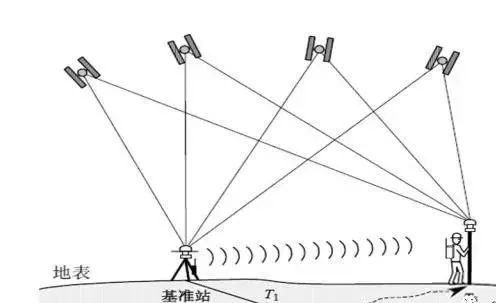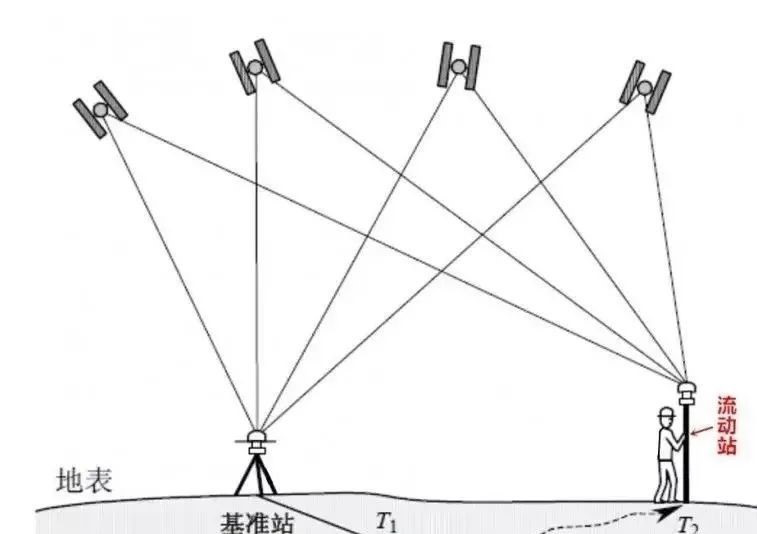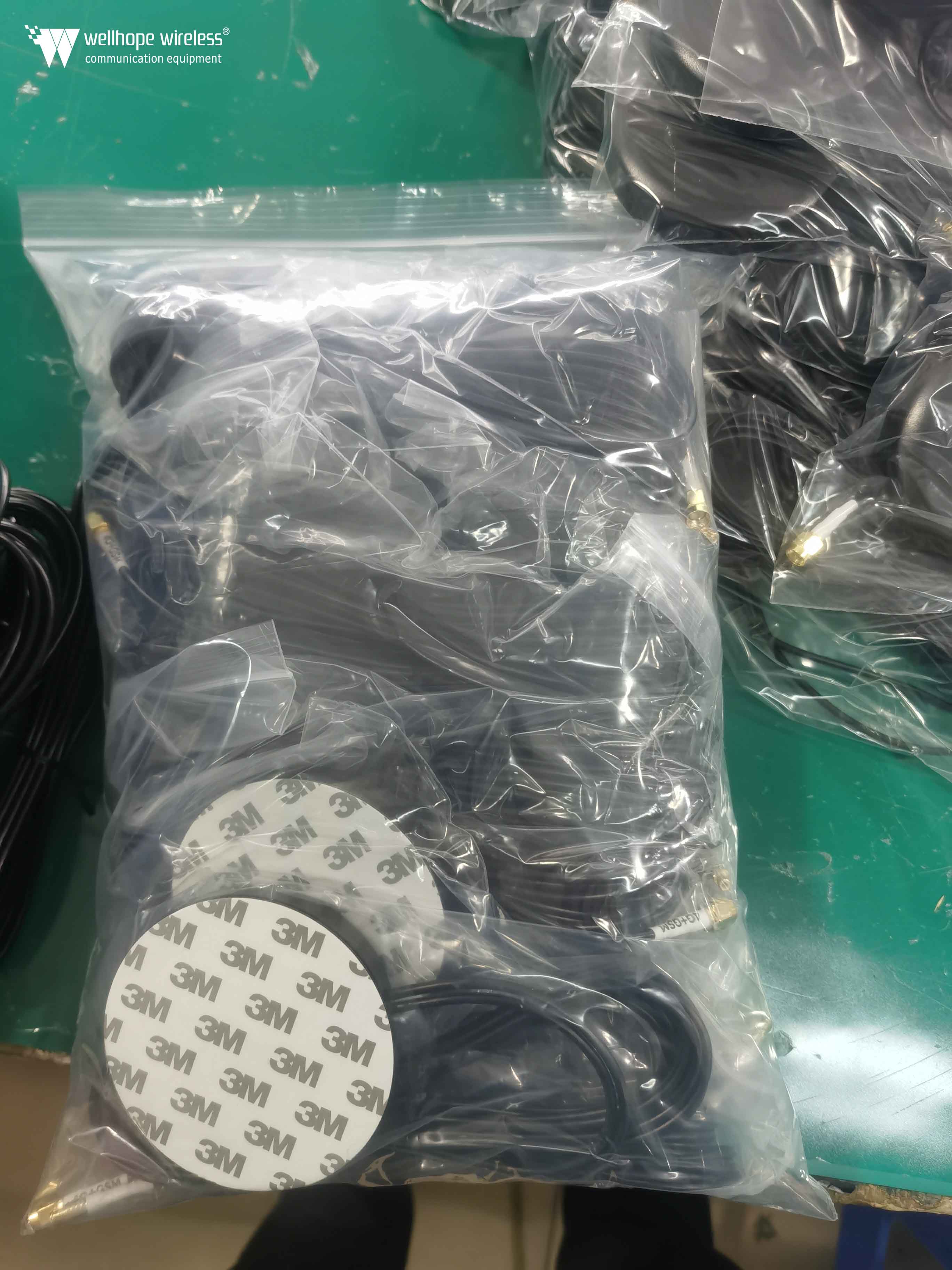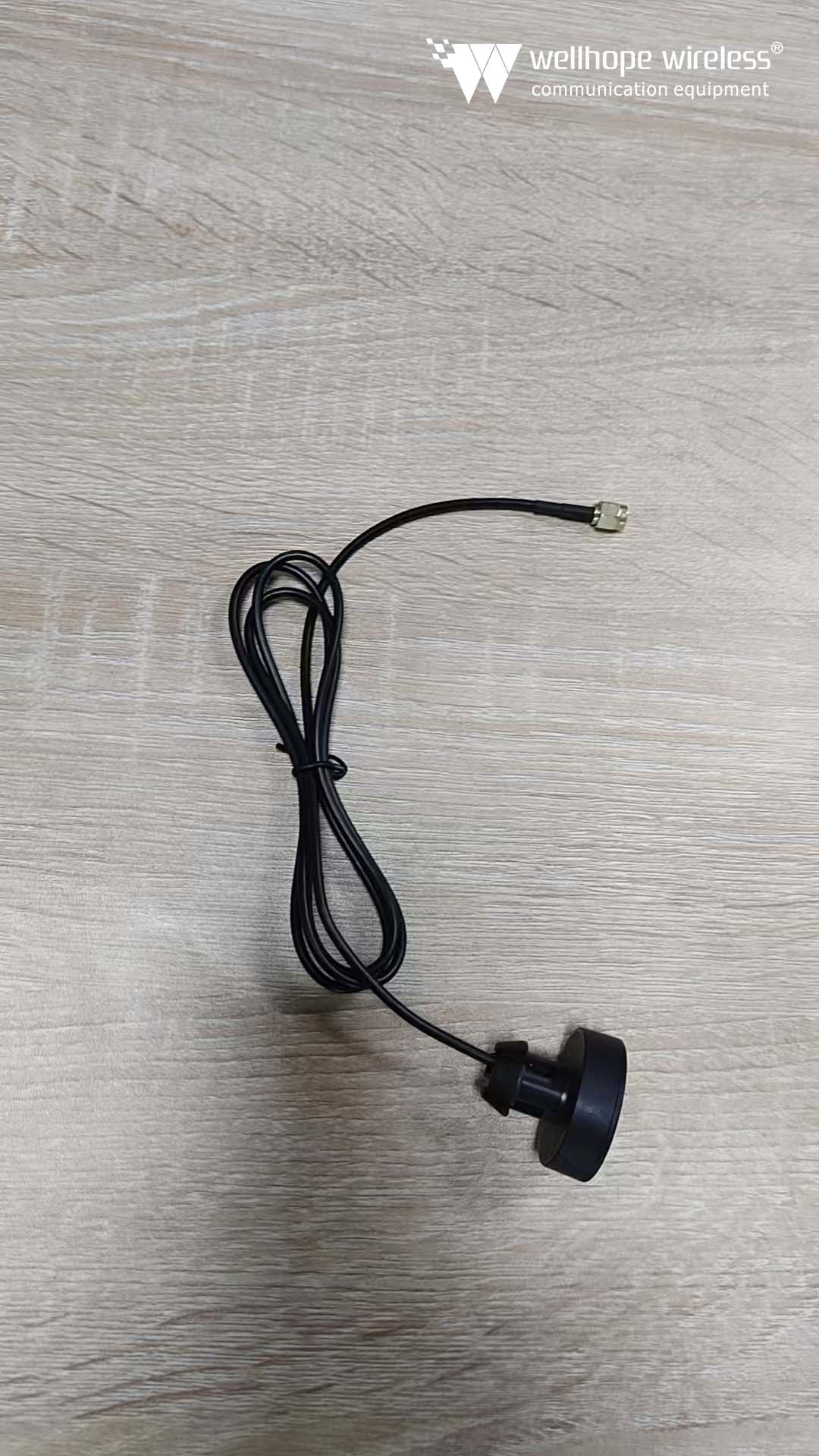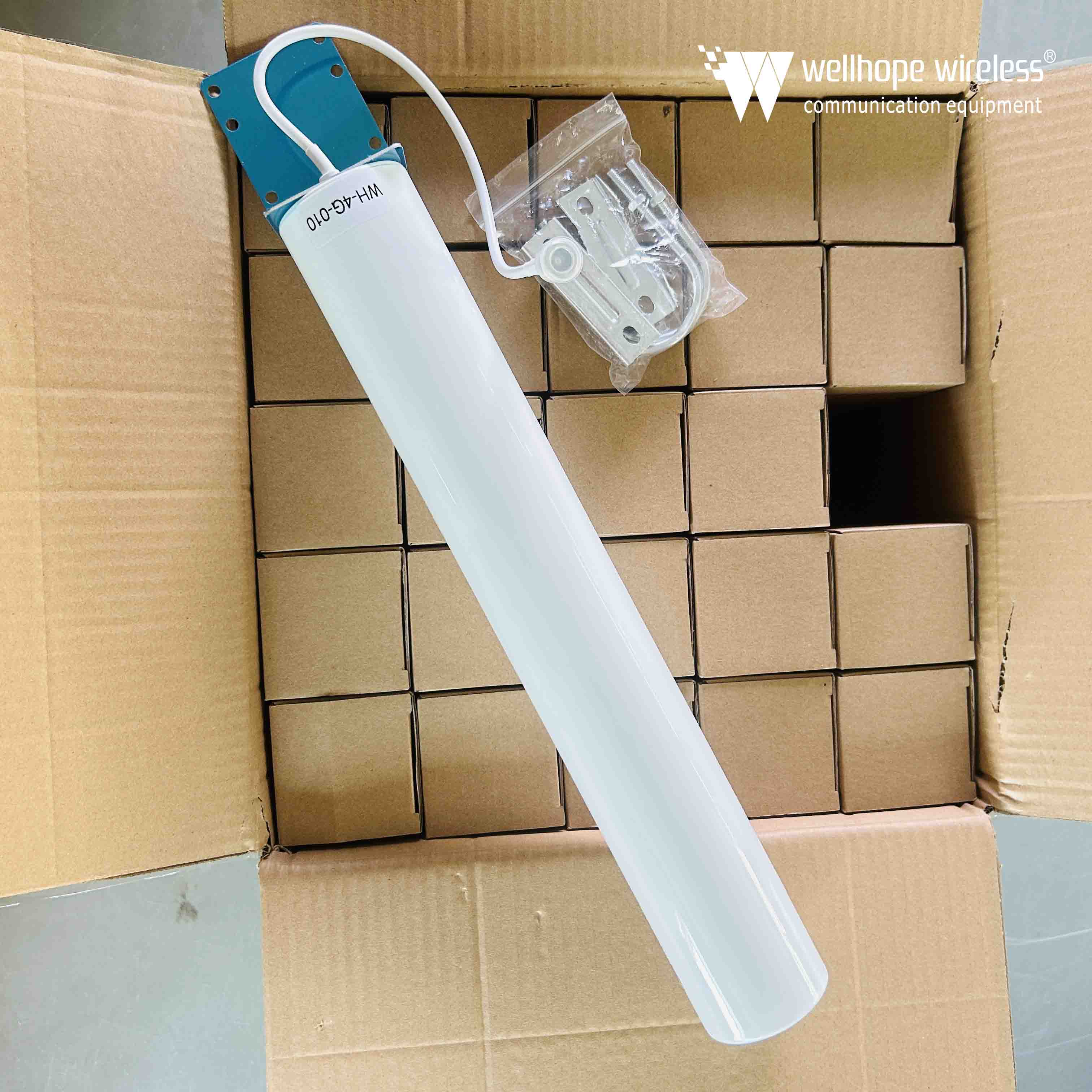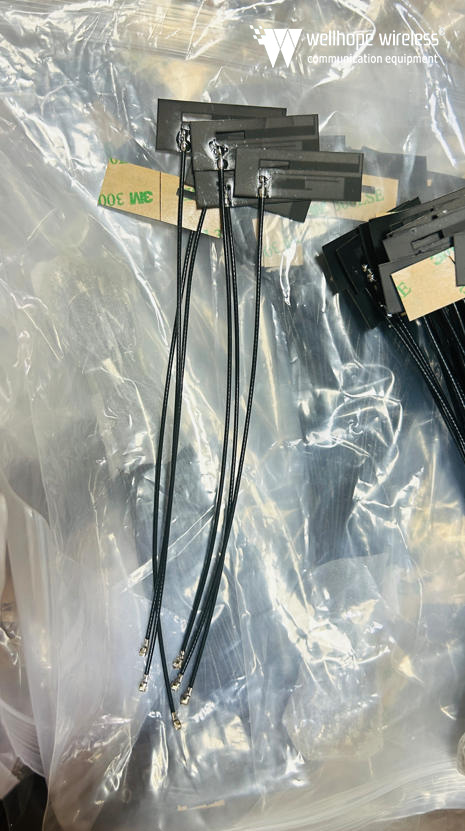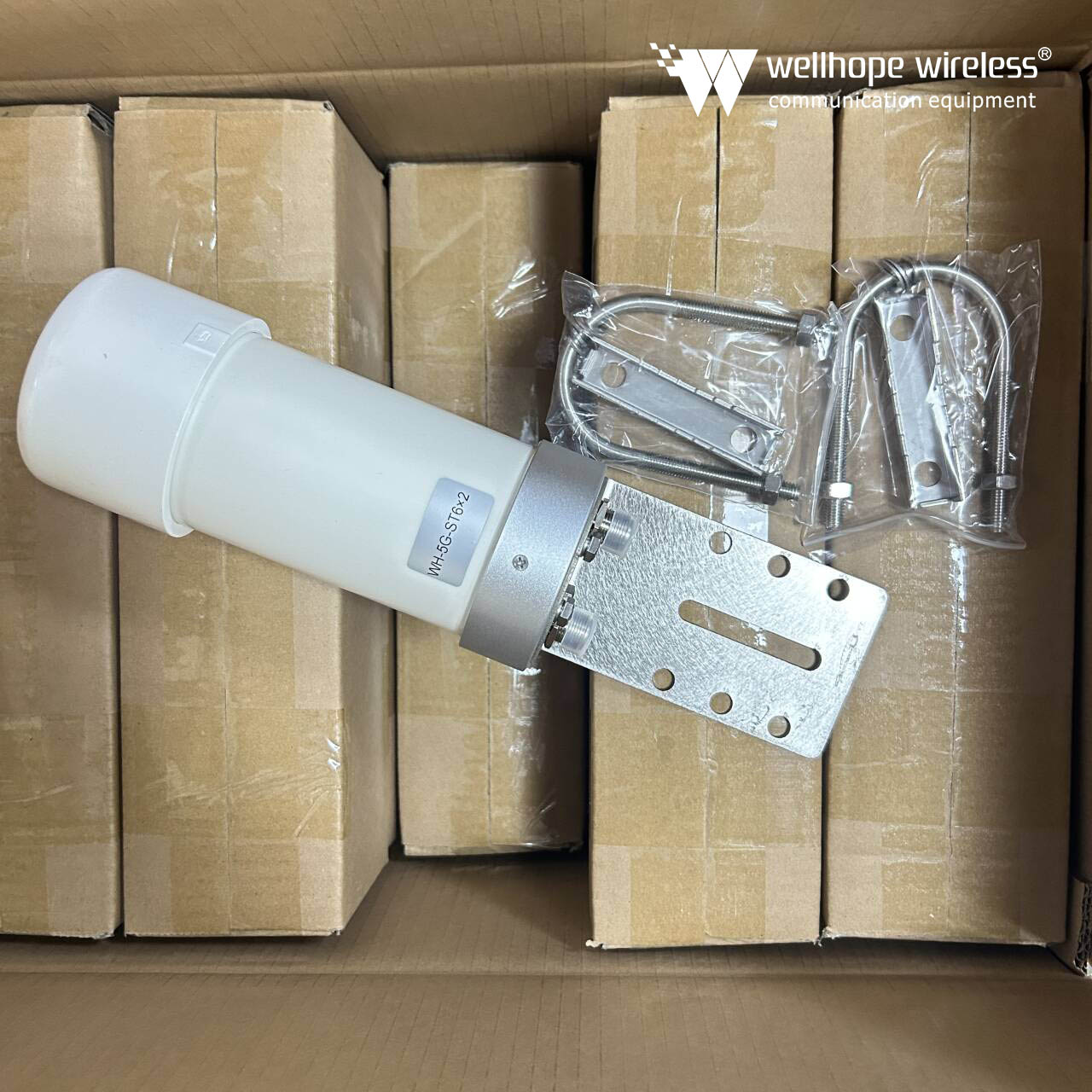The difference between RTK and PPK
UAVs are widely used, with low cost, multi-tasking, good maneuverability, high efficiency, and low radiation. They are widely used in all aspects of military and civilian production.
Because GPS has the characteristics of all-weather, high-precision and automatic measurement, the UAVs currently used for surveying and mapping basically use GPS for positioning and navigation. The GPS single-point positioning accuracy of UAV flight control is too poor. Previously, a large number of image control points were used to correct image distortion.
However, in some special terrains (such as mountains, valleys, rivers, etc.), it is difficult for field personnel to deploy image control points. In order to reduce the workload, most image control points are not even needed, and it is necessary to improve the positioning accuracy of the aircraft, RTK technology and PPK technology can achieve centimeter-level accuracy.
Below we start from the two technical principles of RTK and PPK, and conduct a comparative analysis to find a more suitable method for GPS air positioning.
1. The working principle of RTK
RTK (real-time motion) measurement system usually includes three parts: GPS receiving equipment, data transmission system and software system for dynamic measurement. The RTK measurement technology is based on the carrier phase observation and has a fast and high-precision positioning function. The carrier phase differential measurement technology can obtain real-time three-dimensional positioning results of the measuring station in the specified coordinate system, and has centimeter-level positioning accuracy.
The working principle of RTK measurement is: put one receiver on the base station and put the other receiver on the carrier (called the mobile station). The base station and the mobile station simultaneously receive signals sent by the same GPS satellite. The obtained observation value is compared with the known position information to obtain the GPS differential correction value. Then, the correction value is sent to the mobile station of the public satellite via the radio data link station in time to refine its GPS observation value so as to obtain a more accurate real-time position of the mobile station after the differential correction.
At present, the positioning plane accuracy of the mainstream manufacturer RTK can reach 8mm + 1ppm, and the elevation accuracy can reach 15mm + 1ppm. There are two main communication methods between base station and mobile station: radio station and network. The radio station signal is stable, and the network signal transmission distance is long, and each has its own advantages.
Second, the working principle of PPK
The working principle of PPK (post-processing kinematics, GPS dynamic post-processing differential) technology is to use base station receivers for simultaneous observation, and at least one mobile receiver for simultaneous observation of GPS satellites. In other words, the base station remains continuous. After observing the initialization, the rover moves to the next point to be determined, and it is necessary to keep continuous tracking of the satellite during the relocation to transfer the ambiguity of the satellite. All week to the scheduled time.
The data received by the reference station and the rover at the same time are linearly combined in the computer to form a virtual carrier phase observation value to determine the relative position between the receivers. Finally, the known coordinates of the reference station are introduced to obtain the three-dimensional coordinates of the rover.
PPK technology is the earliest GPS dynamic differential technology (also known as semi-dynamic method, quasi-dynamic relative positioning method, stop-and-go method). The main difference between it and RTK technology is that it establishes real-time data transmission on base stations and rover stations ( Such as RTK), but after the positioning observation, the positioning data collected by the two GPS receivers will be jointly processed after the measurement to calculate the coordinate position of the mobile station at the corresponding time. The rover is not strictly restricted. Its advantages are high positioning accuracy, high work efficiency, large working radius and easy operation.
3. Comparison of RTK and PPK
Similarities between RTK and PPK
1. The operation mode is the same. Both technologies use the operating mode of reference station plus rover.
2. Both technologies need to be initialized before operation.
3. Both can reach centimeter-level accuracy.
The difference between RTK and PPK
1. Different communication methods. RTK technology requires a radio station or network to transmit differential data. PPK technology does not require the support of communication technology, and can record static data.
2. Different positioning methods. The real-time positioning technology used by RTK allows you to view the coordinates and accuracy of the measurement point on the rover at any time; PPK positioning is a post-processing positioning, and the coordinates of the point cannot be seen on site. It needs post-processing to see the results.
3. The working radius is different. RTK operation is restricted by the communication station. The operating distance generally does not exceed 10 km. The network mode needs the area covered by the network signal. Using PPK technology, the general operating radius can reach 50 km.
4. The degree of influence of satellite signals is different. In the process of RTK operation, if it is located near an obstacle such as a large tree, it is easy to lose the lock; while in the PPK operation, it is usually not easy to lose the lock after initialization.
5. Different positioning accuracy. RTK plane accuracy 8mm + 1ppm, elevation accuracy 15mm + 1ppm PPK plane accuracy 2.5mm + 0.5ppm, elevation accuracy 5mm + 0.5ppm.
6. Different positioning frequencies. The frequency at which the RTK base station sends differential data and the mobile station receives is generally 1-2 HZ, and the maximum positioning frequency of PPK can reach 50HZ.
Comparative analysis:
1. The flying speed of drones in the air is very fast and requires a high positioning frequency. Real-time navigation of RTK technology is difficult to achieve this condition. PPK supports 50HZ positioning frequency, which can fully meet the demand.
2. RTK provides real-time location information. PPK can resolve epoch data in a period of time through post-processing. Not only can the fixed rate be increased, but the resolution accuracy is higher.
3. RTK requires a radio or network communication module, but PPK does not, which can reduce the burden of drones and extend the flight life of the aircraft.
4. The driving distance of RTK is limited, and the driving distance of PPK can reach 50km. In long-distance and large-scale operation areas, especially belt areas, such as power transmission lines, roads, railways, oil and gas pipelines, PPK will be the best choice.
Four, to summarize
Although RTK can provide high-precision location information in real time, there are currently great technical difficulties in the application of UAVs. The biggest advantage of PPK over RTK is that it can be processed after the fact, and can be reversed filtering (reverse Kalman filter), which can solve the problem of some satellites losing lock, and improve positioning accuracy through fusion and reverse.
PPK technology is a spatial positioning technology. With the development of technology, it is more suitable for installation on drones. UAV technology is becoming more and more mature. Large-scale operations are more efficient than traditional RTK measurements. PPK technology obviously has broad development prospects in the field of drones. PPK technology will surely become the backbone of drones in surveying and mapping.
Wellhope Wireless manufacture based in 5G 4G; MIMO;GNSS drone Antenna;GSM;3G;Wlan;LTE antenna and RF pigtail cable; more question or inquire feel free to sent us email; wh@wellhope-wireless.com.


















 News
News
